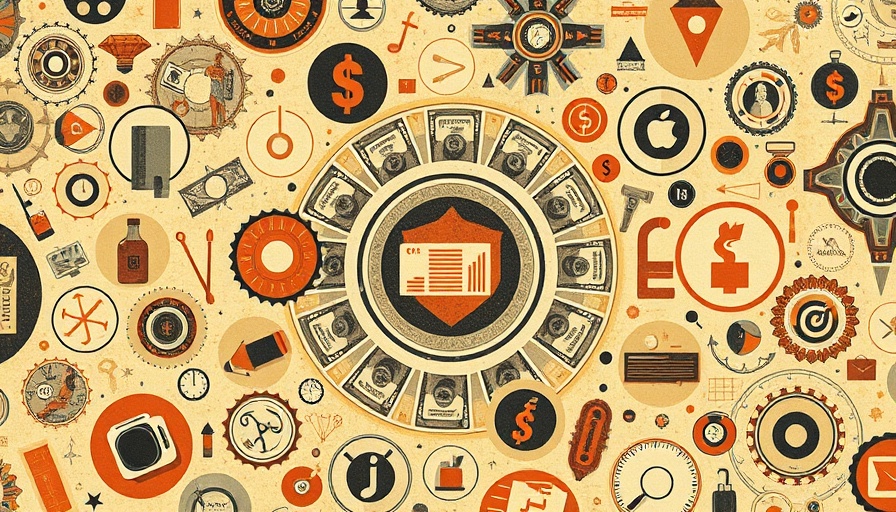
Understanding Stagflation: An Economic Threat
Stagflation—a term that combines stagnant economic growth and inflation—represents one of the most dire scenarios feared by economists. With high unemployment combined with rising prices, this condition poses a unique challenge that traditional monetary policy struggles to combat. The U.S. is currently witnessing signs that could lead to another period reminiscent of the troubling 1970s, where high inflation and stagnant growth coexisted uncomfortably.
The Influencing Factor: Trump Tariffs
One of the key elements stirring economic uncertainty today are the tariffs imposed during the Trump administration. Originally intended to boost American manufacturing, these tariffs have led to rising costs for consumers and businesses alike. Tariffs increase the price of imported goods, forcing companies to either absorb those costs or pass them on to consumers, contributing to inflation.
Lessons from the Past: The 1970s Stagflation
The stagflation of the 1970s shocked many economists, as it contradicted the prevailing belief that inflation and unemployment could not rise simultaneously. This historical context highlights the importance of addressing current economic policies proactively. As Kevin Matthews II pointed out, stagflation isn't like a regular recession which we understand well; it requires out-of-the-box thinking and innovative solutions. Small businesses must plan strategically to weather this economic storm.
What Can You Do?
For small business owners, understanding the implications of stagflation is crucial. Practical strategies include focusing on cash flow management, exploring alternative sourcing to mitigate tariff-induced costs, and perhaps most importantly, keeping an eye on employee engagement to avoid high turnover rates amidst economic uncertainty.
The Road Ahead: Preparing for Turbulent Times
The looming threat of stagflation underscores the need for small businesses to engage in thorough financial planning. With uncertainties ahead, those who prepare by optimizing credit access, seeking loans for expansion, or analyzing sales trends can better position themselves to navigate these turbulent economic waters.
 Add Row
Add Row  Add
Add 

 Add Row
Add Row  Add Element
Add Element 




Write A Comment